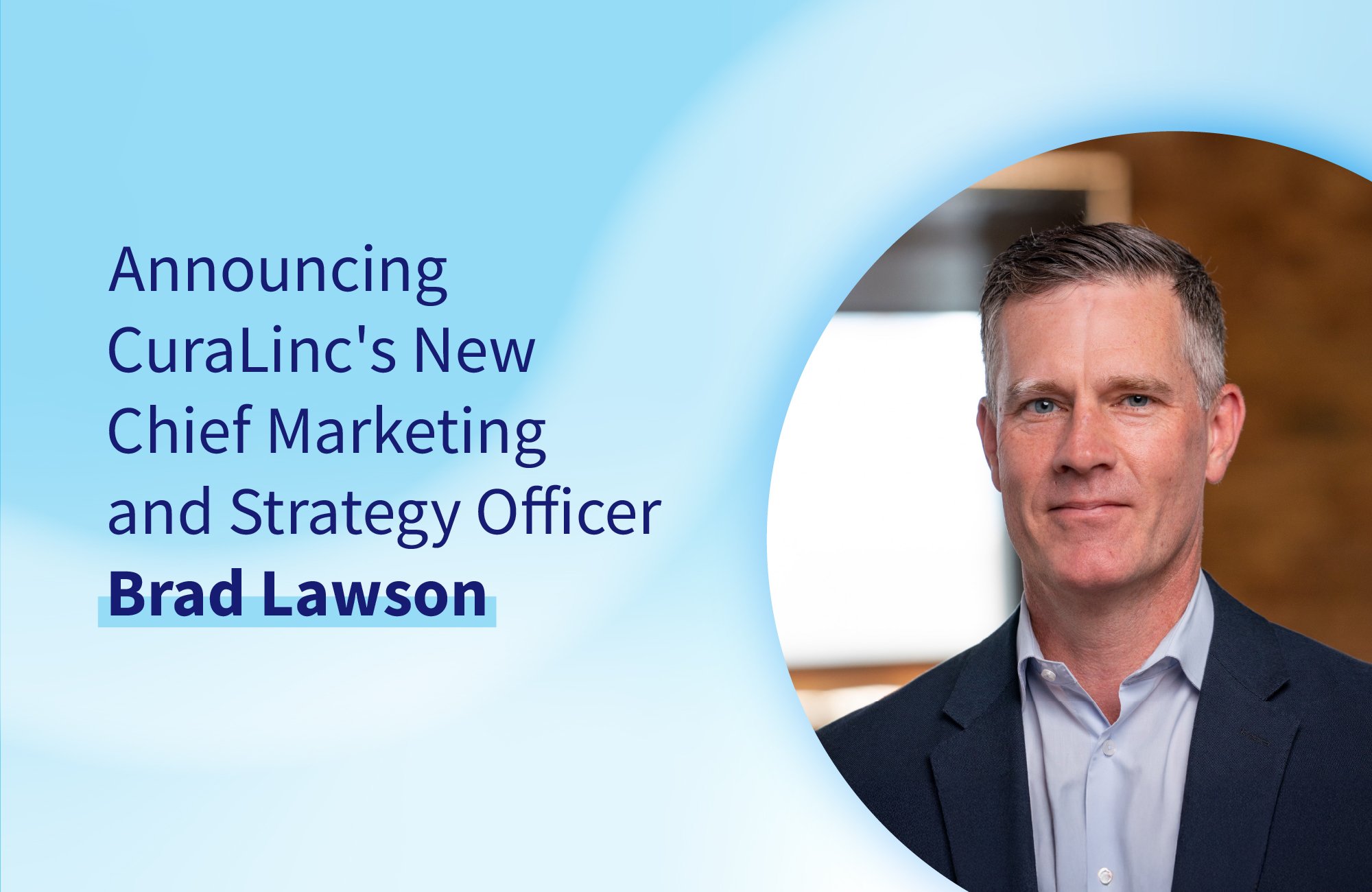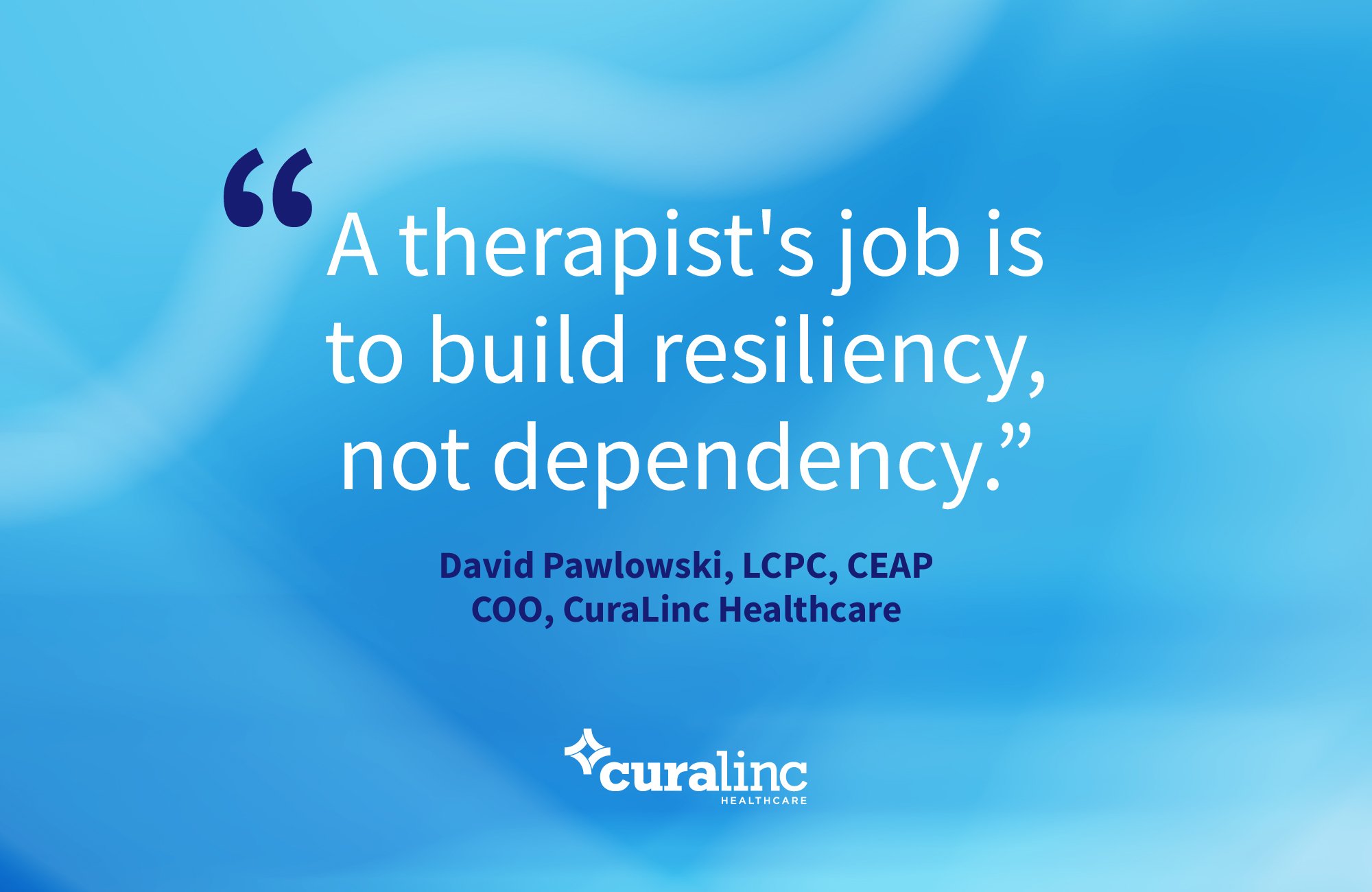By Dave Pawlowski, LCPC, CEAP, Senior Vice President of Operations, CuraLinc Healthcare
When it comes to evaluating employer-sponsored mental health programs, familiar metrics like engagement, utilization rate, program satisfaction and ROI are key elements of the decision calculus for employers and their advisors. While these measurements are certainly valuable, one vital piece of the puzzle is often overlooked – provider quality.
On one hand, it’s surprising, since the quality of care being delivered by a provider is a key factor in the impact of their treatment. On the other hand, perhaps it shouldn’t come as a shock. Historically, evaluating provider quality has been a challenge across all disciplines within health care – not just mental health – since the process for measuring and prioritizing excellence requires a structured, comprehensive and sustained approach.
CuraLinc's diverse network of mental health providers is comprised of independently licensed masters and doctorate level clinicians who not only meet strict credentialing criteria, but also utilize evidence-based treatment approaches to address and resolve employee concerns. However, in addition to counselor qualifications and treatment specialties, CuraLinc also focuses on provider quality and, more specifically, the intersection of quality and the user experience – which is especially important these days, given the limitations in the networks of traditional EAPs and digital mental health programs. In order to deliver the highest level of mental health care and support for every participant, CuraLinc’s Provider Evaluation Schedule measures provider quality according to a series of key performance metrics:
Availability. How often was the provider available to accept a new referral within CuraLinc’s prescribed timeframes?
Speed to Care. How quickly did the provider offer an initial appointment?
Satisfaction. How satisfied were participants with the services they received from the provider?
Net Promoter Score (NPS). How likely were participants to recommend the provider to a family member or colleague?
Case Resolution. What percentage of cases was the provider able to resolve within the framework of the EAP?
Outcomes. How effective were the provider’s services in measurably improving participant health and productivity?
Based on their individual score, providers are then assigned to quality tiers – and referrals are prioritized to clinicians with the highest ratings. Between January 1, 2020, and June 30, 2021, CuraLinc referred 95.5% of participants seeking in-person or video counseling to providers in the highest tier.

With nearly two-thirds of employers planning to boost their mental health offering this year, the need for timely and effective care has never been higher. Employer-sponsored mental health programs that focus on delivering high-quality treatment are more likely to engage employees – and, more importantly, have a measurable impact on their wellbeing.




